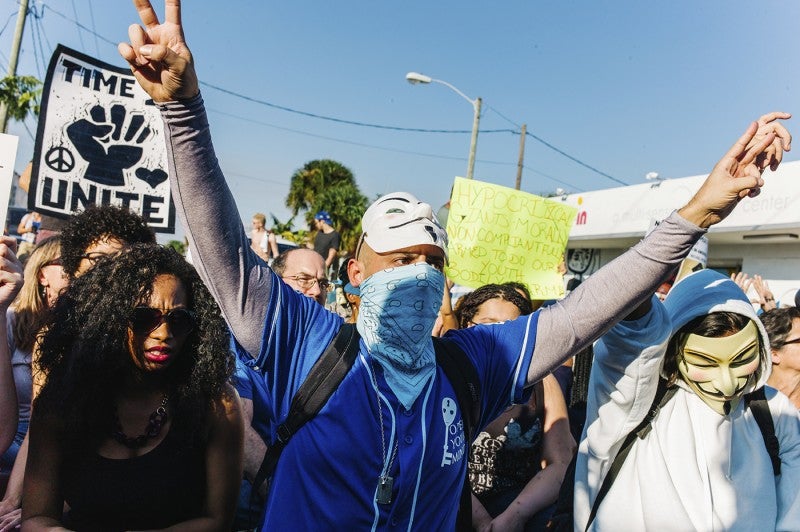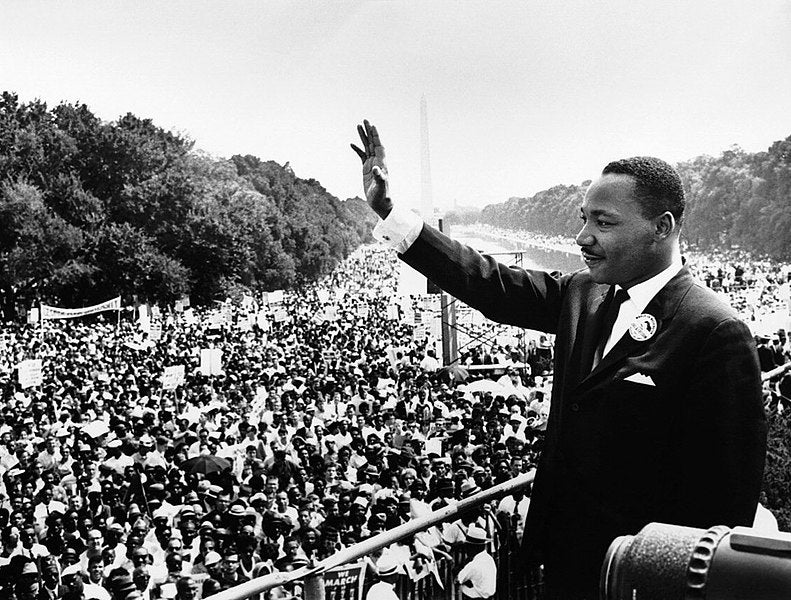What is structural racism, and how can we combat it? The Aspen Institute Roundtable on Community Change seeks to answer this question in its widely viewed report, which examines the effects of structural racism as well as implications for community building in our country. Read below for some of the report’s key points.
Structural racism is incredibly complicated, with its presence at multiple levels of government and in countless arenas. While the days of slavery and segregated classrooms are behind us, prejudice against minorities remains prevalent in American society in the form of a system in which public policies, institutional practices, cultural representations, and other norms work in various, often reinforcing, ways to perpetuate racial group inequity.
It “touches and implicates everyone in our society — whites, blacks, Latinos, Asians, and Native Americans — because it is a system for allocating social privilege,” as noted in the report. When one ethnic group gets the short end of the socioeconomic stick, someone else is better off, and often for generations to come. It can produce a sense of failure or hopelessness among the disadvantaged, and concurrently, a sense of entitlement and superiority among those with the most opportunity.
From both historical and contemporary standpoints, whites have possessed advantages in all of the principal opportunity domains for a long time, including education, employment, housing, health care, political representation, and media influence. It has accumulated into an understanding among whites (and perhaps others) that “whiteness is the ‘default setting’ for race in America” and that it is the “assumed color” of our nation.

Noting the relevance of structural racism to all racial and ethnic groups, the Roundtable for Community Change suggests in its report that change agents adopt a structural racism lens in their work in order to ensure effectiveness of their solutions for all members of a community. The structural racism lens is a way of understanding the following concepts:
- The racial legacy of our past
- How racism persists in our national policies, institutional practices, and cultural representations
- How racism is transmitted and either amplified or mitigated through public, private, and community institutions
- How individuals internalize and respond to racialized structures
When change agents understand the history, presence, and impact of racism on our society today, they are equipped with a more comprehensive perspective of societal issues, which can lead to better analysis of the causes of the problems they are addressing and better strategies to promote change and equity.
For institutions such as public education, the labor market, and the criminal justice system, community builders’ application of a strategic racism lens could make a significant difference. As community builders examine issues in these areas and others to make them function more equitably in our society, it is important that they recognize the ways in which structural racism dismantles the impact of the work they are doing. Change will not come without deliberate attention and effort, and with the structural racism lens, the work ahead can be considered in four parts:
- Racial equity must be a central goal of the work. Because minorities are so disproportionately disadvantaged in the institutions of our society, attending to their needs as an action item with lower priority or as an afterthought is not enough to develop long-lasting solutions. Racial equity should be located at the core, “forming part of the mission statement and programmatic goals of all who are active in the field.”
- Emphasize capacity building among change agents. Making investments in individual community building institutions that exist on the local level can have a widespread effect when viewed in the aggregate. To support these organizations, we need to access and participate more thoroughly in the policymaking and governance processes that allocate public resources.
- Identify key public policies and institutional practices that need reform and develop alliances that have the power to change them. Because structural racism is driven forward by “interrelated policies and systems operating at multiple levels,” it is highly unlikely that any one organization would possess all of the resources necessary to achieve equitable outcomes for all. Through forming alliances, organizations can learn from one another and develop strategies to tackle racial inequity on various fronts.
- Counter popular assumptions that work to reproduce the status quo. Structural racism is a difficult subject, especially when turning it around and considering your own experiences, thoughts, and status. It is important to challenge the American ideals of equal opportunity and meritocracy by considering the following:
- The notion of the “fairness of the system”
- Consider where we, as individuals, fit into and help sustain structural racism, especially in the media and popular culture
- Reflect on the role that social service, community development, or philanthropic organizations play in the maintenance of racial inequity
Overall, the structural racism lens promises understanding of the embedded nature of modern racism in the normal routines of our private and public lives. For community builders, this call to responsibility for racial equity should not be perceived as the proposal of a heavier workload — it is a call to reexamine current goals and methods from a racial equity vantage point. Upon doing so, change agents and their supporters may enjoy more impact and effectiveness in their noble mission.

